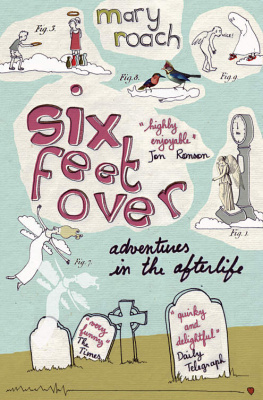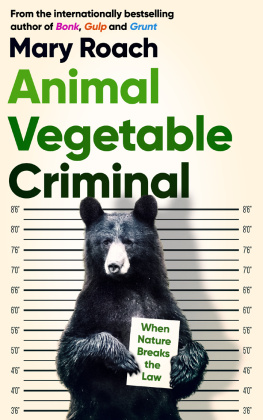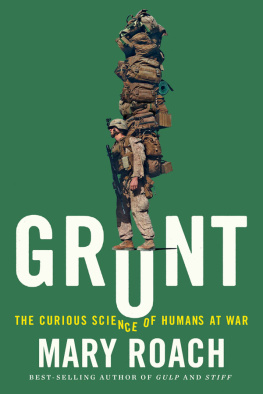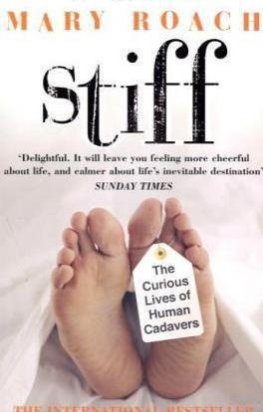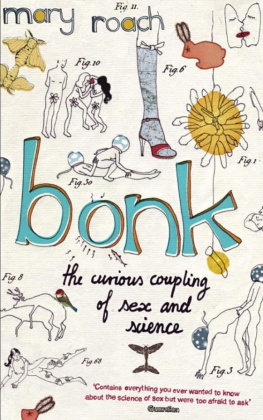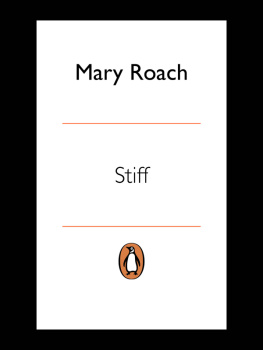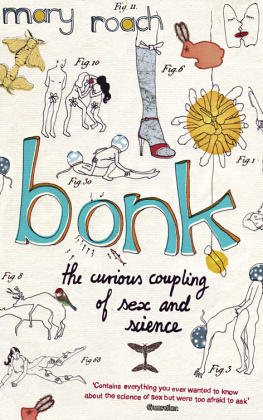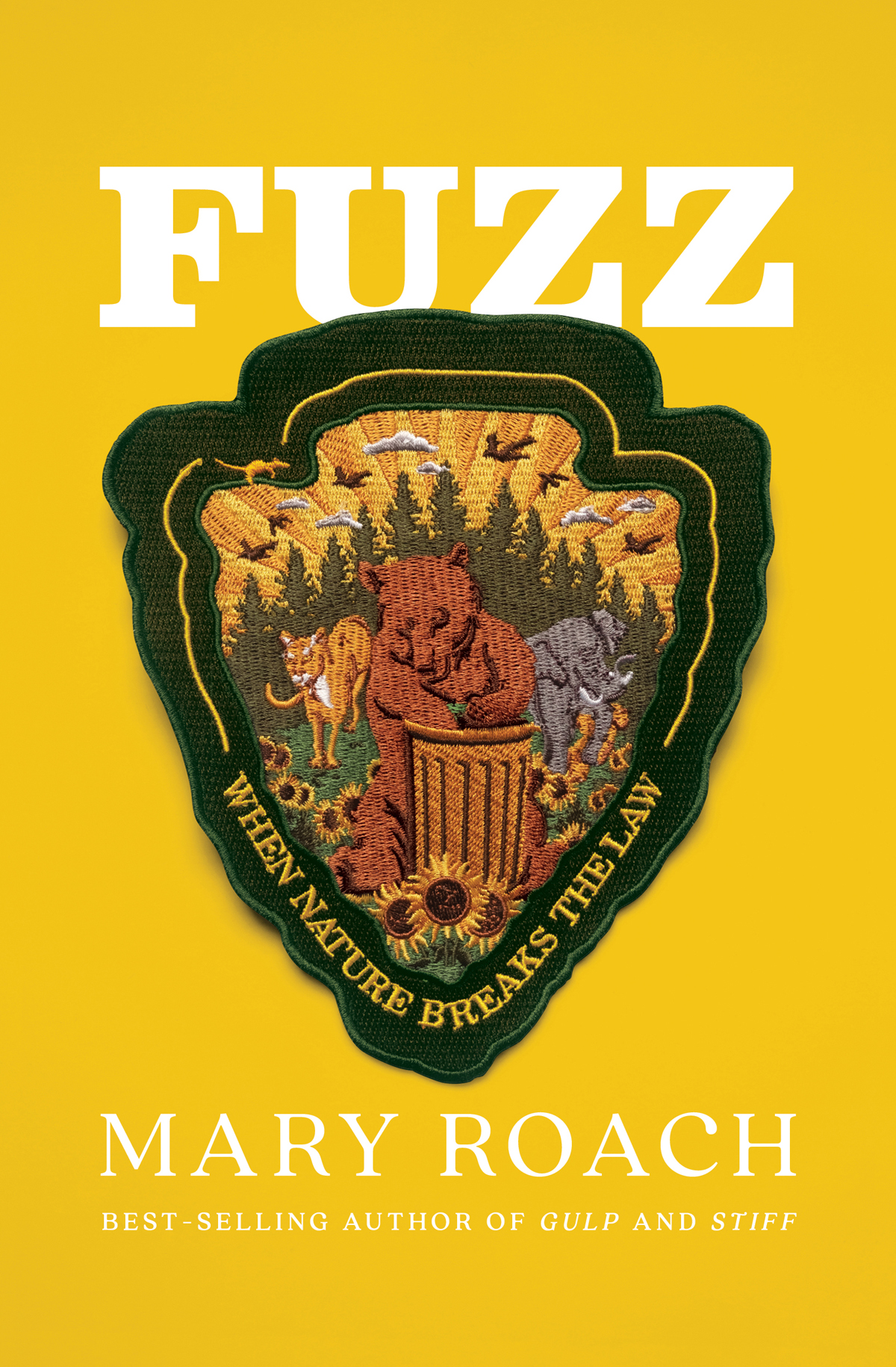For Gus, Bean, and Winnie. To the farthest star.
Contents
FUZZ
On June 26, 1659, a representative from five towns in a province of northern Italy initiated legal proceedings against caterpillars. The local specimens, went the complaint, were trespassing and pilfering from peoples gardens and orchards. A summons was issued and five copies made and nailed to trees in forests adjacent to each town. The caterpillars were ordered to appear in court on the twenty-eighth of June, at a specified hour, where they would be assigned legal representation.
Of course no caterpillars appeared at the appointed time, but the case went forward anyway. In a surviving document, the court recognizes the rights of caterpillars to live freely and happily, provided this does not impair the happiness of man The judge decreed that the caterpillars be assigned a plot of alternate land for their sustenance and enjoyment. By the time the details were worked out, the defendants, having pupated, were surely through with their devastations, and all parties no doubt left the proceedings satisfied.
The case is detailed in an unusual 1906 book, The Criminal Prosecution and Capital Punishment of Animals. When I first paged through it, I wondered if it might be an ambitious hoax. Here were bears formally excommunicated from the Church. Slugs given three warnings to stop nettling farmers, under penalty of smiting. But the author, a respected historian and linguist, quickly wore me down with a depth of detail gleaned from original documents, nineteen of which are reproduced in their original languages in a series of appendices. We have the itemized expense report of a French bailiff, submitted in 1403 following the murder trial of a pig (cost of keeping her in jail, six sols parisis). We have writs of ejectment issued to rats and thrust into their burrows. From a 1545 complaint brought by vintners against a species of greenish weevil, we have not only the names of the lawyers but early examples of that time-honored legal tactic, the stall. As far as I could tell, the proceedings dragged on eight or nine monthsin any case, longer than the life span of a weevil.
I present all this not as evidence of the silliness of bygone legal systems but as evidence of the intractable nature of human-wildlife conflictas it is known today by those who grapple with it professionally. The question has defied satisfactory resolution for centuries: What is the proper course when nature breaks laws intended for people?
The actions of the magistrates and prelates made no rational sense, of course, for rats and weevils cannot understand property law or be expected to conform to the moral principles of human civilizations. The aim was to cow and impress the populace: look here, even nature must bend to our rule! And it was, in its way, impressive. The sixteenth-century judge who granted leniency to moles with young offspring made a show not only of his authority but of his temperance and compassion.
Wandering through the Middle Ages and the centuries just beyond, I began to wonder what the modern epoch had brought to bear on these matters. Having sampled the esoteric solutions of law and religion, I set out to see what science has been bringing to the table, and what answers it might offer for the future. So began more wandering. My guides were people with titles unfamiliar to me: Human-Elephant Conflict Specialist, Bear Manager, Danger-Tree Faller-Blaster. I spent time with predator attack specialists and attack forensics investigators, builders of laser scarecrows and testers of kinder poisons. I traveled to some of the hot spotsback alleys in Aspen, Colorado; leopard-terrorized hamlets in the Indian Himalaya; St. Peters Square the night before the popes Easter Mass. I considered the contributions of bygone professionalsthe economic ornithologists and the rat searchersas well as the stewards of the future, the conservation geneticists. I taste-tested rat bait. I was mugged by a macaque.
The book is far from comprehensive. Two thousand species in two hundred countries regularly commit acts that put them at odds with humans. Each conflict needs a resolution unique to the setting, the species, the stakes, the stakeholders. What you have here is the highlights of a two-year exploration, a journey through a world I had not known existed.
The first half of the book considers the felony crimes. Murder and manslaughter, serial killing, aggravated assault. Robbery and home invasion. Body snatching. Grand theft, sunflower seed. The perpetrators include the usual suspects, the bears and the big cats, and some less usualmonkeys, blackbirds, Douglas firs. The later pages explore acts less grievous but more widespread. We consider the jaywalking ungulates. The vultures and gulls that vandalize property for no discernible reason. The littering geese and the trespassing rodents.
Of course, these are not literal criminal acts. Animals dont follow laws, they follow instincts. Almost without exception, the wildlife in these pages are simply animals doing what animals do: feeding, shitting, setting up a home, defending themselves or their young. They just happen to be doing these things to, or on, a human, or that humans home or crops. Nonetheless the conflicts exist, creating dilemmas for people and municipalities, hardships for wildlife, and material for someone elses unusual book.
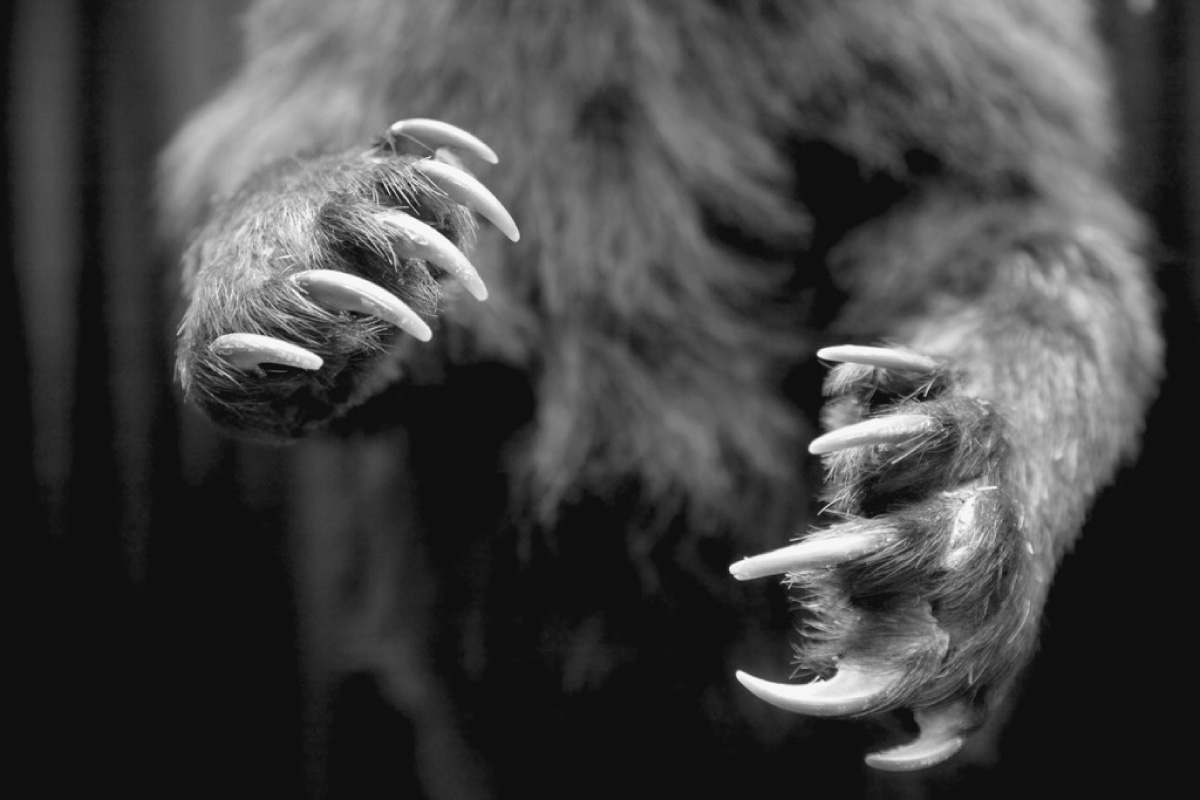
F or most of the past century, your odds of being killed by a cougar were about the same as your odds of being killed by a filing cabinet. Snowplows kill twice as many Canadians as grizzly bears do. In the extremely uncommon instance when a North American human is killed by a wild North American mammal, the investigation falls to officers and wardens with state or provincial departments of fish and game (or fish and wildlife, as less hunty states like mine have rebranded themselves). Because the incidents are so rare, few of these men and women have much experience with them. Theyre more accustomed to poaching cases. When the tables turn and the animal is the suspect, a different kind of forensics and crime-scene know-how is called for.
Without it, mistakes are made. In 1995, a cougar was presumed to have killed a young man found dead on a trail with puncture wounds to the neck, while the true murderer, a human being, walked free. In 2015, a wolf was wrongfully accused of pulling a man from his sleeping bag and killing him. Cases like these are one reason there is WHART: Wildlife-Human Attack Response Training (and by its founders admission, a horrible acronym). WHART is a five-day coursepart lecture and part field trainingtaught by members of the British Columbia Conservation Officer Service.
Because they have the experience. British Columbia has more cougar attacks than any other North American state or province. It has 150,000 black bearsto Alaskas 100,00017,000 grizzlies, and 60 predator attack specialists, 14 of whom (the specialists but not the bears) have driven down from Canada to serve as WHART instructors this week. WHART 2018 is being hosted by the Nevada Department of Wildlife, which has offices in Reno. This fact helps explain why a training course for wilderness professionals would be held in a casino complex, where the resident wildlife amounts to the furry hominid on the Betti the Yetti slot machine and an unspecified biohazard that closed down the pool for a day. WHART seems to be the only booking at the Boomtown Casino event and conference center this week. Management has a bingo game going on in the next room.


